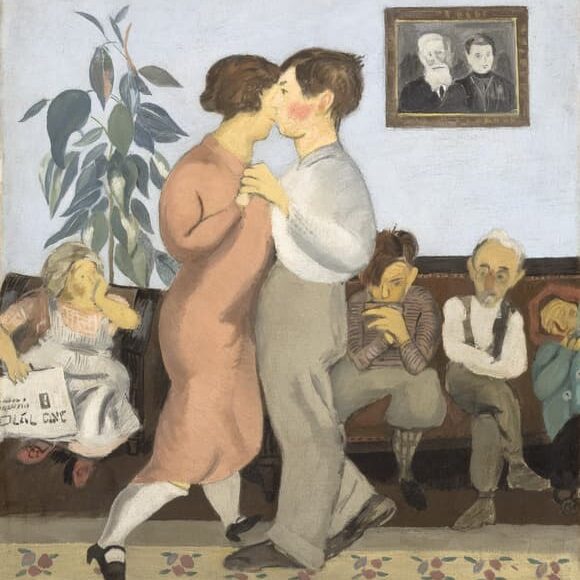The Jewish Museum Presents New, Major Collection Exhibition Featuring Nearly 600 Works from Antiquities to Contemporary Art



Senior, Student, Disabled, Bar/Bat Mitzvah $10 discount available at checkout

Senior, Student, Disabled, Bar/Bat Mitzvah, $10 discount available at checkout

Senior, Student, Disabled, Bar/Bat Mitzvah $10 discount available at checkout

Senior, Student, Disabled, Bar/Bat Mitzvah $10 discount available at checkout

Senior, Student, Disabled, Bar/Bat Mitzvah $10 discount available at checkout

Senior, Student, Disabled, Bar/Bat Mitzvah $10 discount available at checkout

A dynamic group for young professionals and next generation leaders, ages 21-49.
A dynamic group for young professionals and next generation leaders, ages 21-49.
Young Patrons enjoy curated events and programs, including artist studio visits, curator-led exhibition tours, and a calendar of social gatherings. Through their dedication and leadership, Young Patrons play an integral role in shaping the future of the Jewish Museum.
Benefits include:
Additional leadership levels and discounted first-year membership are available. Contact Chloe Hyman, Development Officer to learn more: 212.423.3268 | [email protected]

Senior, Student, Disabled, Bar/Bat Mitzvah $10 discount available at checkout

Fellows enjoy all Patron-level benefits, as well as invitations to prestigious art fairs and related offsite programming.
For additional information, please contact Chloë Drew, Senior Development Manager, at 212.423.3347 or via email at [email protected].

Receive exclusive and personalized access to the Jewish Museum
Patrons enjoy all Sustainer-level benefits in addition to personalized access to the Jewish Museum through invitations to Patron-exclusive exhibition experiences, including when the Museum is otherwise closed to the public. Patron-level members and above are featured on the Museum’s annual list of supporters.
For additional information, please contact Chloë Drew, Senior Development Manager, at 212.423.3347 or via email at [email protected].

For annual support beginning with gifts of $10,000
Museum Council membership offers all benefits available at the Fellow membership level, plus participation in our exclusive Museum Council community through invitations to our Director’s Talk series followed by intimate post-discussion receptions at the Museum. Museum Council members also have access to private tours of the Museum, including when the Museum is closed to the public.
For additional information, please contact Chloë Drew, Senior Development Manager, at 212.423.3347 or via email at [email protected].

For annual support beginning with gifts of $25,000
The Curator’s Circle is a community of Jewish Museum leaders enjoying all benefits of our Museum Council, as well as invitations to exclusive, offsite private art tour experiences. Curator’s Circle members are eligible for the Jewish Museum committee participation at this level.
For additional information, please contact Chloë Drew, Senior Development Manager, at 212.423.3347 or via email at [email protected].

For annual support beginning with gifts of $50,000
The Director’s Circle is a community of Jewish Museum leaders enjoying all benefits of our Curator’s Circle, as well as invitations to Director’s Circle exclusive events, as well as access to participation in the Museum’s exclusive travel program.
For additional information, please contact Denise Gordon, Chief Development Officer, at 212.423.3236 or via email at [email protected].

For annual support beginning with gifts of $100,000
The Chairman’s Circle, in partnership with the Board of Trustees, sustains the Museum’s dynamic program and strategic growth through the highest level of annual support. Chairman’s Circle members enjoy all Membership and Giving Society benefits alongside access to exclusive Chairman’s Circle programming and social events with the Museum’s Board of Trustees.
For additional information, please contact Denise Gordon, Chief Development Officer, at 212.423.3236 or via email at [email protected].